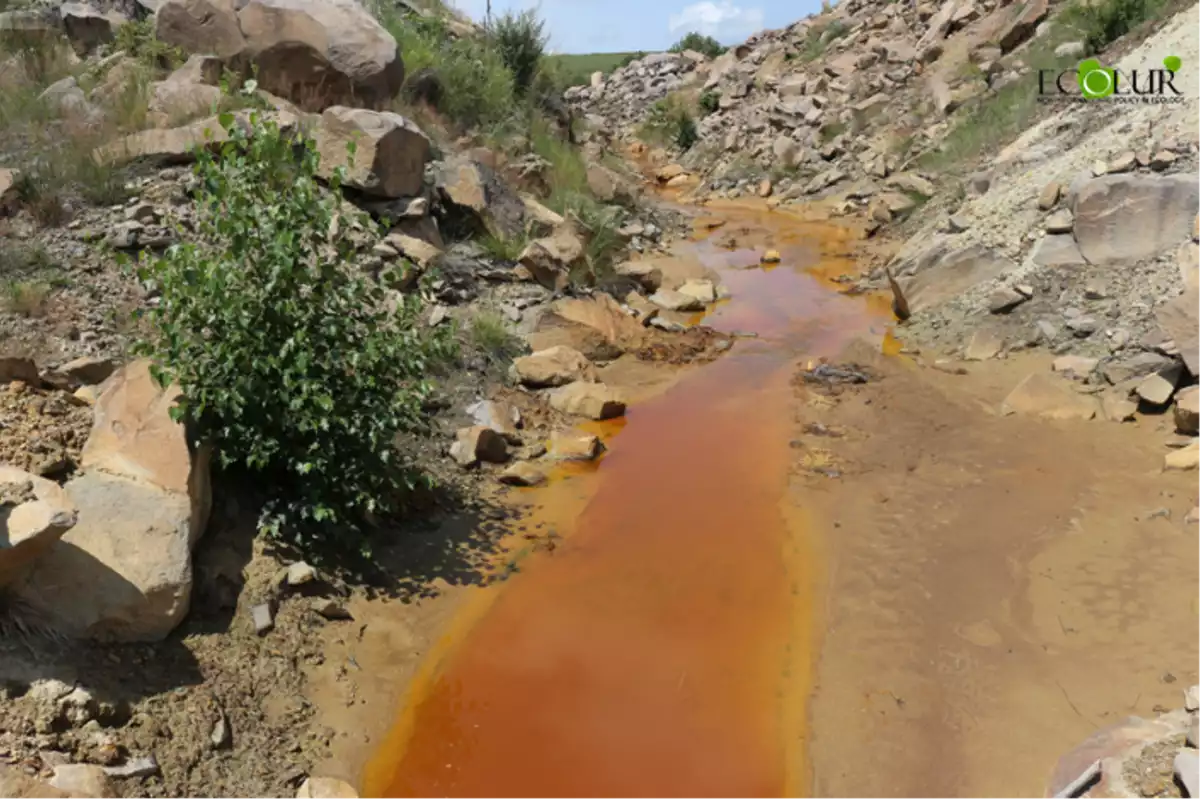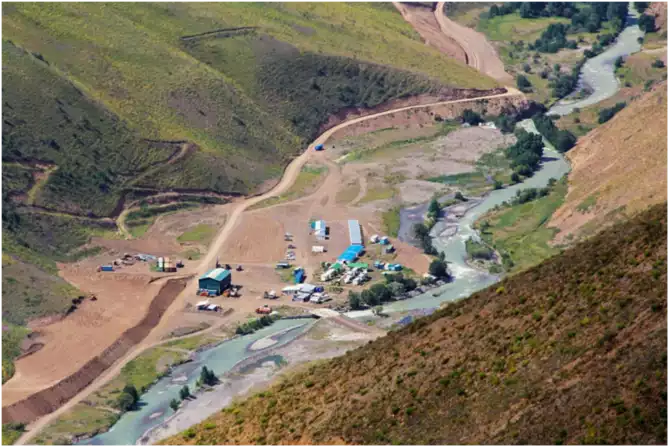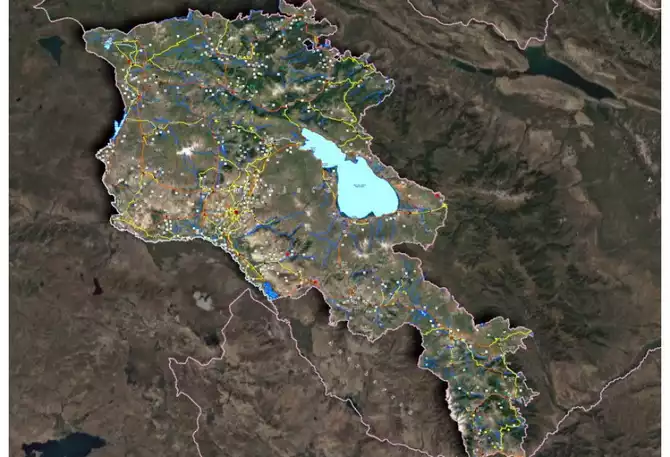
President Ilham Aliyev addressed the ongoing environmental crisis caused by Armenia during the 7th ADA University Policy Forum last week. He specifically highlighted Armenia’s pollution of the Araz River, suggesting that a joint session could be convened to discuss the issue. Such cooperation, he noted, could contribute to confidence-building measures in the region.
President Aliyev also reiterated these concerns during his meeting with the head of the Iranian delegation at COP29, underscoring the pollution of the Araz River as a shared regional challenge.
With the rapid expansion of Armenia’s mining and metallurgical industries, environmental pollution-especially of water resources-has become a critical issue. The uncontrolled discharge of heavy metals into river systems poses serious threats to aquatic ecosystems and human health, demanding urgent scientific scrutiny and policy responses.

Azerbaijan relies on the Kura and Araz rivers as its primary freshwater sources. Both rivers originate outside the country and become significantly polluted with industrial and domestic waste as they pass through Armenian territory. Over time, the accumulation of chemical and radioactive contaminants has severely degraded water quality and riverbed sediments.
Particularly alarming are the mining activities in Qajaran, Qafan, Agarak, and Dastaghird. These operations discharge large volumes of acidic wastewater containing heavy metals into tributaries such as the Okhchuchay, a major feeder of the Araz River. Monitoring reports frequently show levels of copper, phenols, and other pollutants far exceeding international safety norms, endangering both human and environmental health.

Adding to this concern, Armenia’s Metsamor Nuclear Power Plant reportedly releases up to 16,000 cubic meters of radioactive waste daily into the Araz River, exacerbating regional contamination.
Natural disasters have further spread these pollutants. The devastating floods of 2010 dispersed hazardous substances across agricultural lands in low-lying Azerbaijani districts like Imishli, Saatli, and Sabirabad. Research conducted in 2015 by the Radiation Problems Institute of the Azerbaijan National Academy of Sciences confirmed high concentrations of pollutants in local soil, water, and crops. Residents in these areas have reported increased incidences of cancer and cardiovascular disease, potentially linked to environmental exposure.
Studies have also revealed dangerously high concentrations of molybdenum-up to 100 times above accepted norms-in groundwater used for drinking and irrigation. Similar environmental and health concerns have emerged in Iran’s Ardabil province, which also depends on the Araz River. Rising cancer rates among local farmers have been attributed to cross-border pollution. A recent report by Iran’s environmental newspaper Pəyam-e Ma documented elevated levels of 59 heavy metals in the river-including aluminum, arsenic, copper, manganese, molybdenum, lead, and vanadium-traced back to Armenia’s mining activities. Local communities along the river have reported a surge in health issues, including a marked increase in stomach cancer.

Environmental contamination is not limited to the Araz. Armenia’s Debed River, which flows through Georgia before connecting with the Kura River and eventually the Caspian Sea, is similarly affected. A study conducted by Armenian scientists in 2013-2014 found that water samples from high-risk sites along the Debed were heavily influenced by nearby mining operations, especially during spring and summer months.
These findings highlight the urgent need for stricter environmental regulations, improved waste management, and sustained monitoring of Armenia’s water systems to prevent further degradation.
In August 2023, four NGOs launched the coalition Environmental Protection First (EPF) to advocate for international intervention based on evidence-backed research. Their interactive digital map vividly illustrates the environmental damage caused by mining in Armenia, drawing renewed public and institutional attention to the issue.
Despite multiple appeals from civil society, Armenia has yet to respond adequately. Importantly, concerns are being voiced not only by Azerbaijani environmental groups but also by organizations within Armenia itself.
Recently, a coalition of nearly 30 NGOs from 13 countries-along with environmental activists and journalists-called on international bodies to act. Formal appeals have been sent to the UN’s Convention on Environmental Impact Assessment in a Transboundary Context (Espoo Convention) and the Extractive Industries Transparency Initiative (EITI), urging them to address the environmental crisis in the South Caucasus.
The Espoo Convention obliges states to assess and consult neighbors on projects with potential cross-border environmental impacts. Armenia’s continued operation of mines near shared water sources-without transparency or cooperation-constitutes a violation of these obligations.
International organizations and regional partners must now press for immediate and transparent action. Critical next steps include the public sharing of Environmental Impact Assessment (EIA) reports with all affected countries. Armenia must also allow independent monitoring of pollution levels affecting Azerbaijan, Iran, Georgia, and the broader Caspian basin.
As President Aliyev noted, trust-building is a long process-but reducing mistrust is the essential first step. Armenia must now show genuine commitment to regional cooperation by taking responsible action to address this pressing environmental threat.
Share on social media